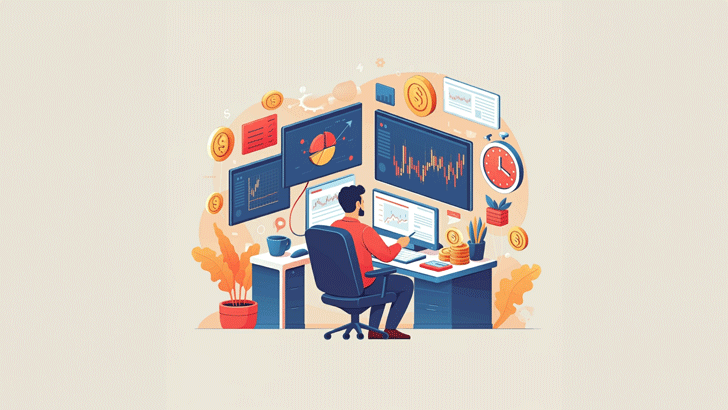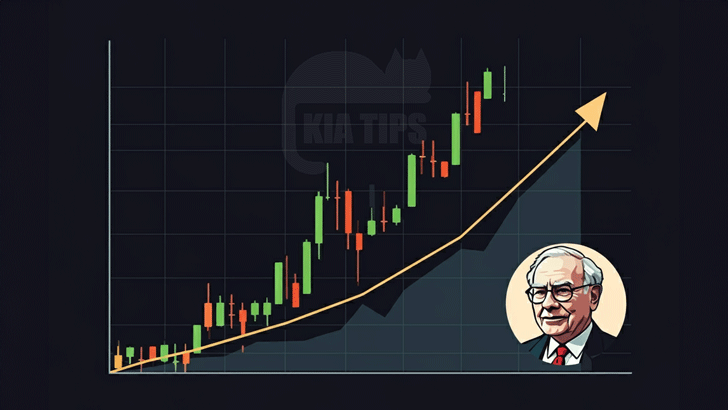If you want to succeed in U.S. stock investing, an S&P 500 index fund is your best bet.
Surprisingly, 94% of American fund managers have underperformed the S&P 500 over the long term.
This is because, over time, low-cost index funds, which provide market-average returns, outperform high-cost active funds.
We’ll explain why the S&P 500 continues to thrive and share key insights for individual investors to succeed. If you’re a beginner investor, this is a must-read!
- 94% of professionals can’t beat the S&P 500 in the long run
- Active funds are costly and tend to underperform the market average
- The S&P 500 grows thanks to inflows from 401(k)s and tax-advantaged accounts like IRAs
もくじ
Why 94% of Fund Managers Fail to Beat the S&P 500

According to a 2021 study by Standard & Poors, many U.S. fund managers have consistently failed to outperform benchmarks like the S&P 500 over the long term.
Below, we’ll explain why this happens and why index funds, like those tracking the S&P 500, have an advantage.
How Badly Do Active Funds Lag Behind the S&P 500?
- In 2021, 85% of active funds underperformed the S&P 500
- Over the past 10 years, 83%, and over 20 years, 94% of funds have underperformed the S&P 500
- The same trend holds for small- and mid-cap stocks, with 92% underperforming the S&P MidCap 400
Percentage of Active Funds That Failed to Beat S&P Indexes
| Index | 1 Year | 3 Years | 5 Years | 10 Years | 20 Years |
|---|---|---|---|---|---|
| Large-Cap (S&P 500) | 85.1% | 67.9% | 74.1% | 83.1% | 94.1% |
| Mid-Cap (S&P 400) | 61.9% | 52.9% | 59.2% | 72.5% | 91.7% |
| Small-Cap (S&P 600) | 70.5% | 51.5% | 63.3% | 79.2% | 93.4% |
| Total U.S. Stock Market (S&P 1500) | 80.3% | 71.1% | 71.8% | 87.3% | 91.8% |
Percentage of Active Funds That Failed to Beat Global Indexes
| Index | 1 Year | 3 Years | 5 Years | 10 Years | 20 Years |
|---|---|---|---|---|---|
| Global (Including U.S.) (S&P Global 1200) | 84.1% | 65.6% | 69.2% | 84.8% | 85.3% |
| Global (Excluding U.S.) (S&P 700) | 49.7% | 60.2% | 68.9% | 78.1% | 90.4% |
| Global Small-Cap (S&P Developed Ex-US Small Cap) | 31.1% | 55.4% | 57.7% | 60.4% | 87.9% |
| Emerging Markets (S&P/IFCI Composite) | 64.6% | 56.3% | 74.7% | 79.8% | 93.4% |
Source: Standard & Poors, Year-End 2021 SPIVA Scorecard
The Decline of Active Funds
Due to underperformance, many funds have been merged or liquidated.
Underperformance of U.S. Active Funds
| Timeframe | S&P 500 (Large-Cap) | S&P SmallCap 600 (Small-Cap) |
|---|---|---|
| 10 Years | 83% of funds underperformed the S&P 500 | 80% of funds underperformed the S&P SmallCap 600 |
| 20 Years | 94% of funds underperformed the S&P 500 | 93% of funds underperformed the S&P SmallCap 600 |
- In the past 20 years, 70% of U.S. domestic stock funds have been dissolved.
- Similarly, 66% of global/international stock funds and 52% of bond funds have been dissolved.
Why Index Funds Are Rising in Popularity
Index funds are becoming more popular due to their consistent performance and increasing inflows of capital.
- 60% of capital flows into indexes: In the U.S., 60% of mutual fund assets are invested in index funds.
- Low costs: Since there’s no active stock selection, management fees are much lower.
- Market-average returns: You benefit from the overall growth of the market.
Why the S&P 500 is Performing So Well
The success of the S&P 500 is driven not only by U.S. economic growth and corporate innovation but also by long-term investment programs like 401(k)s in the U.S. and tax-advantaged accounts like Japan’s Tsumitate NISA.
These programs encourage steady inflows into the S&P 500, helping the index’s constituent stocks maintain strong performance.
Why Active Funds Can’t Beat the S&P 500
Active funds struggle to beat the S&P 500 for multiple reasons beyond high fees.
- Fees: Active funds have high trading and research costs, which reduce returns.
- Market efficiency: Since stock prices quickly reflect all available information, even professional fund managers struggle to outperform the market average.
- Behavioral biases: Fund managers may take excessive risks due to overconfidence or short-term pressures.
- Trading costs: Frequent trading in active funds incurs costs that negatively impact returns.
For these reasons, index funds, with their low costs and market-average returns, are generally a better option for long-term investors.
Can Individual Investors Beat the Pros?
Many individual investors try to make profits by timing the market or engaging in short-term trades, but even professional investors find this extremely difficult.
Studies show that individual investors tend to let emotions dictate their decisions, often buying high and selling low, resulting in losses.
Even professional fund managers find it challenging to beat the market averages like the S&P 500 over the long term. Short-term trading only compounds the difficulty.
Therefore, the best strategy for individual investors is to avoid short-term trading and invest in index funds with a long-term perspective.
Conclusion: Index Funds Are the Key to Long-Term Investment Success

It’s clear that index funds offer superior long-term returns.
- Active funds come with high fees and a higher risk of underperformance
- Warren Buffett himself recommends the S&P 500 index
- Index funds outperform in global equity and bond markets as well
If you’re investing for the long term, index funds, particularly the S&P 500, are a smart choice.
Source: 94% of U.S. Fund Managers Underperform the S&P 500 Over 20 Years
Recommended Book: “The Loser’s Game” [PR]
- Long-term holding of the S&P 500 is the best strategy
- Even professionals can’t predict market movements
- Low fees are the key to success










コメントする